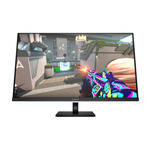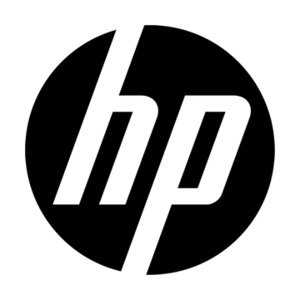Another ATL, $99.20 cheaper than my post in March.
As before, 140W via USB-PD, flat QD-OLED panel, glossy display. Displayport only supports UHBR10 so requires DSC for 4K240. A good alternative to the new Dell S3225QC for $1155 which is only 120Hz and has a somewhat controversially sized lower bezel (but is still a good deal IMO).
Mod Update 19/6: Available again with new code - HPJN20





this any good for powerpoints? thinking this or https://www.ozbargain.com.au/node/907898